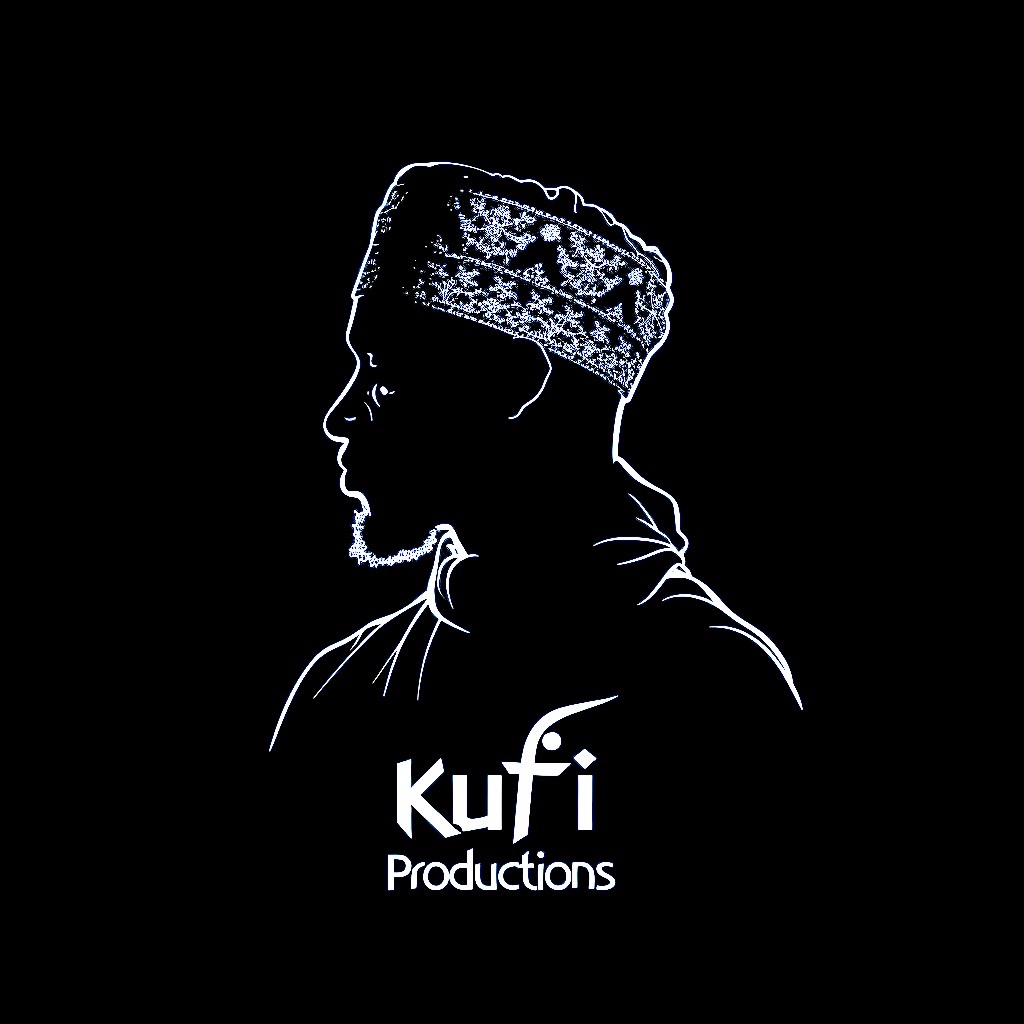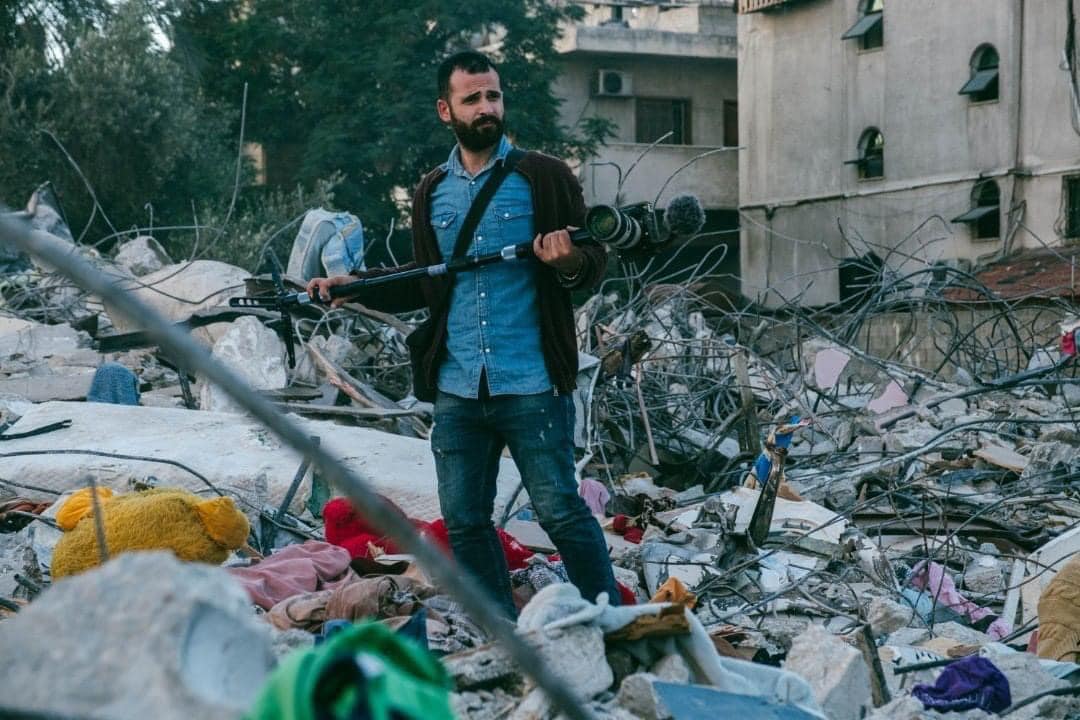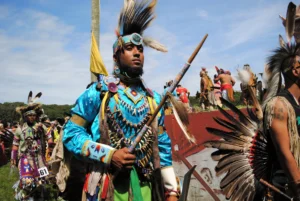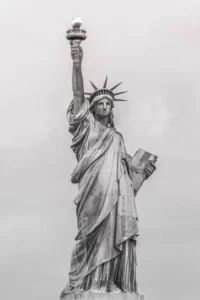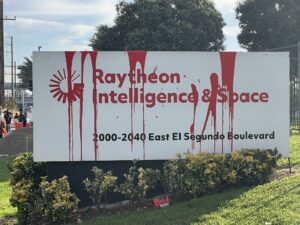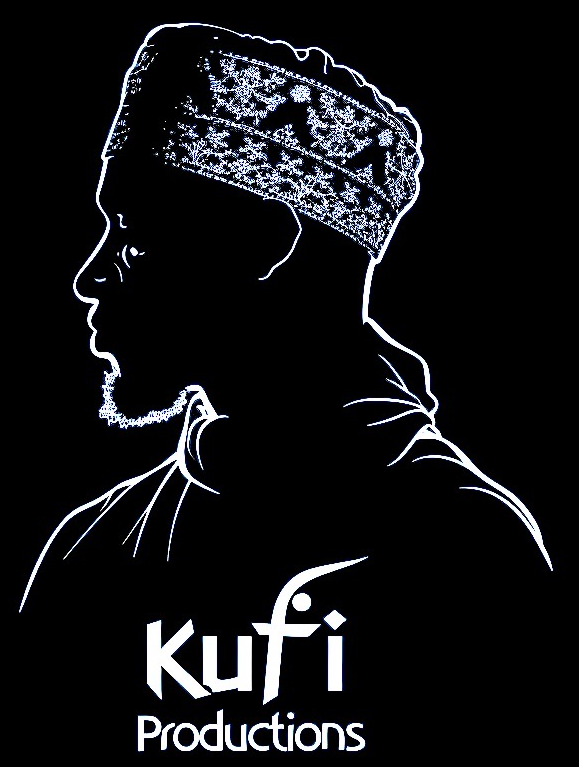In narrow streets thick with smoke, beneath skies crowded with warplanes, journalists in Gaza head out every morning fully aware that this round of reporting might be their last. They capture images of destruction, record the testimonies of survivors, and kiss their children goodbye at the doorstep—while a single question haunts them all: Why do we risk it?
Journalist Ismail Abu Hatab, 28, was one of them. He wasn’t searching for personal glory. He owned nothing but his camera and a small first aid kit he carried everywhere. On his last evening, he posted:
“I take pictures so our deaths don’t become mere numbers. So the world will know we are human.”
The following morning, Ismail was with his colleagues preparing some reporting work along Gaza’s seashore. Just minutes later, a missile struck the area. Ismail never returned home.
At his funeral, his colleague, fighting back tears, said:
“We couldn’t even bring ourselves to tell his mother he had been killed before his last image reached every screen. He always told us: the camera is our only weapon.”
Journalism in Gaza: A Profession of Bearing Witness
In times of siege and bombardment, journalism in Gaza becomes an act of resistance. Reporters head out because they know that silence is a partner to the crime, and that the manipulation of narratives begins the moment no one is there to document the truth.
Despite the deliberate targeting of media offices and the assassination of dozens of journalists in their homes or in the field, many insist on wearing the blue vest marked “PRESS,” knowing full well it won’t shield them from an airstrike or shelling.
Journalist Mahmoud, 35, says:
“I know there’s a high chance I could die every day. Yet whenever I think of stopping, I remember the image of a mother crying over her child, and I feel that putting down the camera would be betrayal.”
Why Do They Take the Risk?
There are profound human and moral reasons that drive them: A deep sense of responsibility toward people who have no voice. A Fear that the truth will be buried in a sea of official narratives. A belief that the image may awaken the conscience of the world, even if long after.
They also know their reports may become the only evidence proving the crimes committed, and that the lens bearing witness could be more powerful than any weapon.
Between Danger and Determination
Many have lost their homes and relatives. Some have suffered permanent injuries. Yet every day, they return to the front lines.
In a modest newsroom set up inside a shelter, cameras hang on the walls like eyes that never sleep. Small vans weave through the rubble, broadcasting to the world that behind the statistics are faces, dreams, and lives being taken.
This is why journalists in Gaza choose to risk everything. Not because they don’t fear death, but because they believe that silence is another, endless kind of death.
A Human Conclusion
Behind every image that reaches our screens is a heart that beat with fear and hope. A journalist who left their family in the morning, hoping to come back at night to tell what they had seen—but never returned.
Since the genocide began in Gaza, at least 150 Palestinian journalists and media workers have been killed, according to estimates by rights organizations and professional unions. Many carried nothing but cameras, as if confronting the machinery of war with the sole weapon of truth.
In the end, these were not just messengers of news. They were witnesses to a time the world will remember for generations—if there remains in the world a conscience still willing to read, and hearts still able to weep for those who risked everything so their people’s story would not be erased from memory.
Alaa Alburai, Kufi Productions
